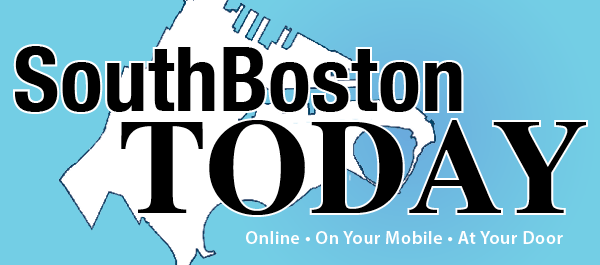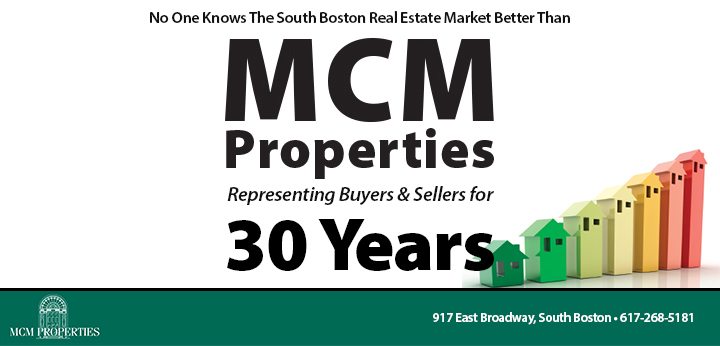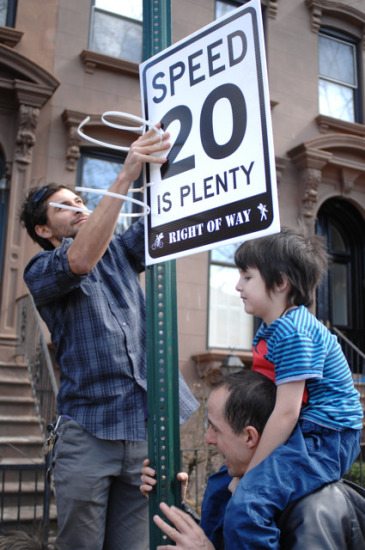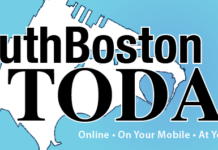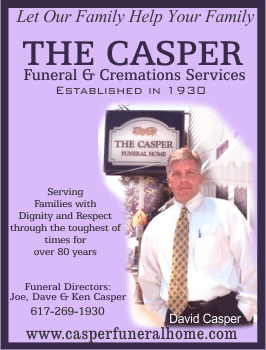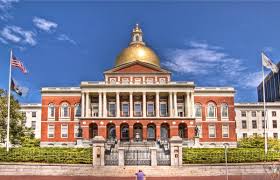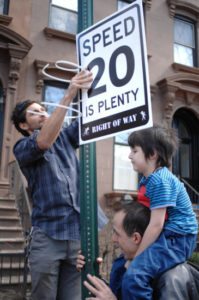 Neighborhoods invited to apply for traffic calming measures on their residential streets
Neighborhoods invited to apply for traffic calming measures on their residential streets
The City of Boston Transportation Department (BTD) is now accepting applications for 2017 Neighborhood Slow Streets projects. Residents, neighborhood associations, and other community-based organizations are invited to apply to have their neighborhood participate in the Neighborhood Slow Streets program which works to use traffic calming measures to improve roadway safety within a defined residential area. BTD and the Boston Public Works Department will work with selected applicants to plan and implement Neighborhood Slow Streets projects that meet the specific needs of their communities.
“Expanding our Neighborhood Slow Streets program is a critical component of the City of Boston’s Vision Zero agenda,” said Boston Mayor Martin J. Walsh. “The program is designed to reduce the number and severity of traffic crashes on residential streets, which are important parts of our overall roadway safety goals. I look forward to continuing to work together with residents, neighborhoods and community organizations to improve the safety of our streets.”
Selected Neighborhood Slow Streets will be equipped with visual and physical cues to slow drivers to 20 MPH, making each street feel more inviting for people of all ages who are walking, playing, or bicycling. The program emphasizes quick-install and low-cost fixes, such as signage, pavement markings and speed humps.
“From application to implementation, a full community process is incorporated into the Neighborhood Slow Streets program to give neighbors new opportunities to work in partnership with the City to improve safety in their neighborhoods,” BTD Commissioner Gina N. Fiandaca said. “When these projects are completed, we expect to see slower speeds and happier residents.”
Applications must demonstrate strong local support. When selecting neighborhoods to join the program, the City will review crash history, the number of youth and older adults living in the neighborhood, and proximity to schools, parks, and community centers, among other factors.
City of Boston Chief of Streets Chris Osgood said, “The City has been working with two pilot communities to develop the program, the Talbot-Norfolk Triangle in Dorchester’s Codman Square and Stonybrook in Jamaica Plain, and the first physical improvements will be made in these neighborhoods this year. Community outreach and design work on two to three newly selected Neighborhood Slow Streets projects is also expected to begin in 2017.”
More information on the Neighborhood Slow Streets program, including applications, are available at www.boston.gov/transportation/neighborhood-slow-streets .
About Vision Zero
Vision Zero is an early action item of the Go Boston 2030 citywide transportation plan with the goal of eliminating fatal and serious crashes in Boston. The Vision Zero Boston Action Plan was released in December 2015. The action plan and updates can be viewed at www.visionzeroboston.org .
